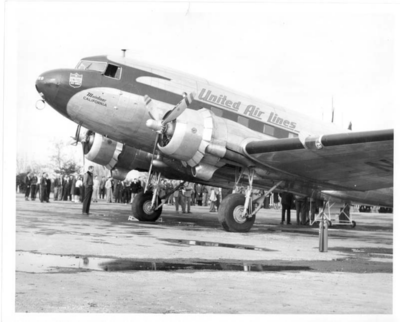Strategic travel
Has your travel budget been getting you down? Or should I say, has the absence of a travel budget been getting you down?
I’ve written here about what it takes to work remotely, and I’ve been thinking lately about how to decide when it’s worth spending a little to bridge the distance gap. In other words, when are we being penny wise and pound foolish? Do we cut costs too far by avoiding all meetings when a strategically timed get-together would actually save resources?

One guide I’ve found to partial thinking on this is Oscar Berg’s post from 2008: When to meet face to face (http://www.thecontenteconomy.com/2008/02/when-to-meet-face-to-face.html). Berg provides a list of questions that apply to any business travel, including “Do you need to have a difficult conversation?” and “Do you have to share ‘things’ that would be difficult to experience at a distance, like touring a facility or using a piece of equipment?” It’s worth noting that he’s coming at the decision from the CO2 reduction perspective, rather than the budget reduction perspective.
My own questions have arisen in the context of project management, and my ideas are forming along these lines. I’d love to get your input too.
Aside from needing a face-to-face meeting for the project kickoff, I think it is a matter of assessing the true cost of whatever process you are engaged in. For example, if your team, or part of your team, is about to do an intensely interactive piece of work that will be characterised by ad hoc interactions and group dynamics, stop and consider how well these can be supported by the video-conferencing technologies you have. And, there is also the alternative of drawing out the interactions into an asynchronous workshop format, but this adds a time factor that needs to be counted as a cost. And, it may have an impact on the outcome as well.
So, when you assess this situation, consider, on the side of Face-to-Face, transportation plus lodging (if overnight is necessary) and meals. On the side of Virtual, consider the extra time required for the work to get done and your best assessment of any difference in quality due to the difference in technique (remember the assumptions about the task).
Instead of assuming travel is the most expensive of the two, do the math.
